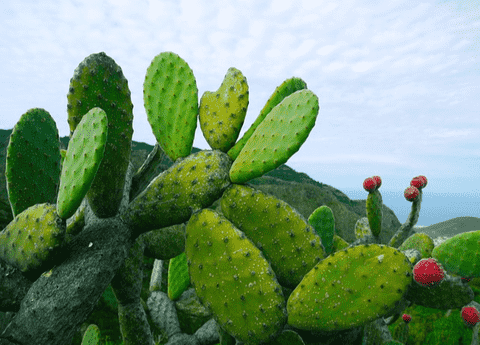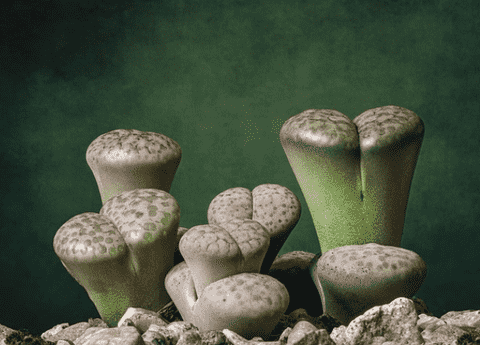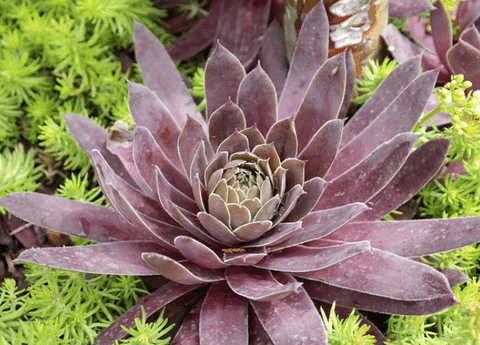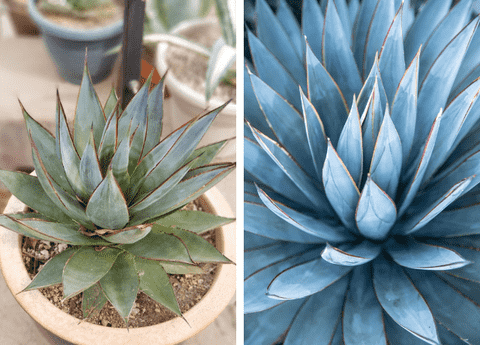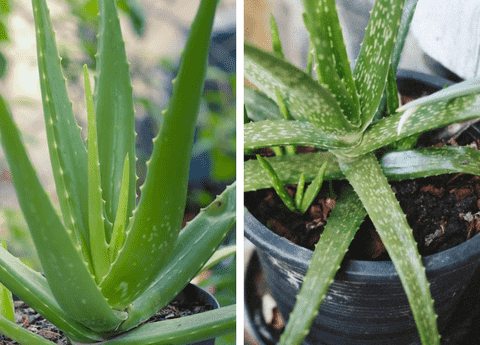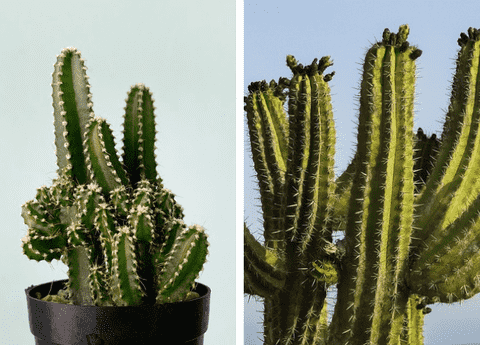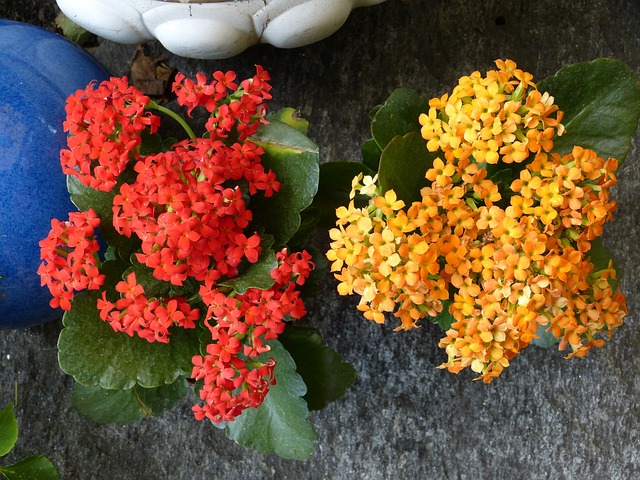Opuntia Masterclass: Expert Tips on Growing and Caring for Prickly Pear
The prickly pear, also known as Opuntia, is a fascinating and versatile addition to any garden, offering both visual appeal and edible fruit. For gardening enthusiasts, home gardeners, and horticulturists alike, mastering the art of growing and caring for this unique cactus can be both rewarding and enjoyable. With its distinctive paddle-shaped pads and vibrant flowers, the prickly pear cactus not only enhances the aesthetic of your garden but also provides numerous benefits. In this masterclass, we will delve into expert tips on how to grow prickly pear and provide essential guidance on how to care for prickly pear, ensuring your Opuntia thrives in its new environment.
Introduction to Opuntia
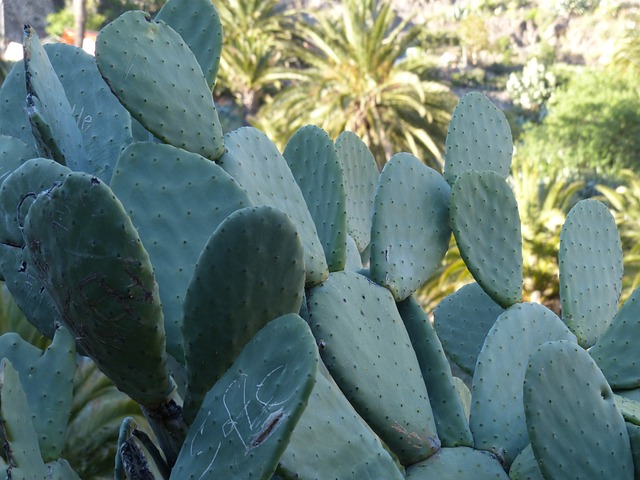
What is Prickly Pear Cactus?
The prickly pear cactus, scientifically known as Opuntia, is a member of the cactus family that is easily identified by its flat, paddle-like pads. These pads are actually modified stems known as cladodes, which store water and perform photosynthesis. Native to the Americas, Opuntia has adapted to various climates, making it a resilient and low-maintenance plant for both novice and experienced gardeners. Beyond its striking appearance, this cactus produces beautiful, vibrant flowers that can range in color from yellow to red. Over time, these flowers develop into edible fruits known as “tunas,” which are prized for their sweetness and versatility in culinary applications. The combination of its unique look, drought tolerance, and edible parts makes the prickly pear cactus a popular choice among gardening enthusiasts.
Benefits of Growing Prickly Pear
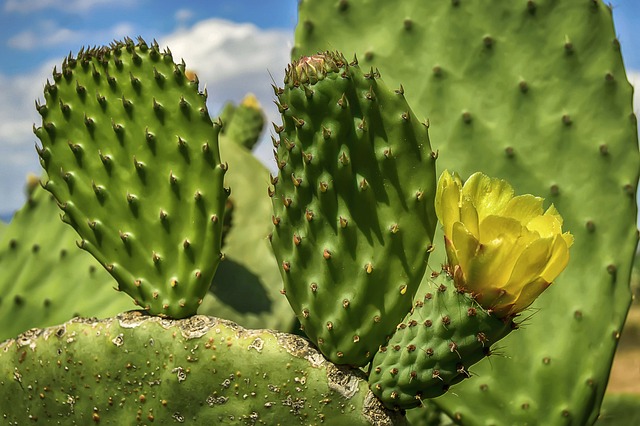
Growing prickly pear cactus offers numerous benefits that enhance both your garden and lifestyle. First and foremost, Opuntia is exceptionally drought-tolerant, making it an ideal choice for xeriscaping and water-conscious gardening. Its low maintenance requirements mean it thrives with minimal intervention, providing an easy yet rewarding gardening experience. Additionally, the cactus produces vibrant flowers that add a splash of color to any landscape, attracting pollinators like bees and butterflies. The edible fruits, or tunas, are rich in vitamins and antioxidants, making them a nutritious addition to your diet. They can be used in various culinary dishes, from jams to salads. Moreover, the pads can be harvested and cooked as a vegetable, known as “nopales,” which is a staple in Mexican cuisine. Finally, the prickly pear cactus serves as a natural barrier when planted densely, offering added security and privacy for your property.
Varieties of Opuntia
There are numerous varieties of Opuntia, each offering unique characteristics that can complement different gardening aesthetics and needs. One popular variety is Opuntia ficus-indica, commonly known as the Indian Fig or Barbary Fig, which is widely cultivated for its large, sweet fruits and edible pads. Another notable variety is Opuntia microdasys, or Bunny Ears Cactus, which is loved for its distinctive, fuzzy-looking pads covered in clusters of tiny spines. Opuntia humifusa, also known as Eastern Prickly Pear, is native to the eastern United States and is prized for its cold hardiness, making it suitable for gardens in cooler climates. Opuntia basilaris, or Beavertail Cactus, stands out with its flat, blue-gray pads and bright pink flowers. Each variety brings its unique flair to the garden, allowing you to choose the one that best fits your landscape design and climate conditions.
Growing Prickly Pear
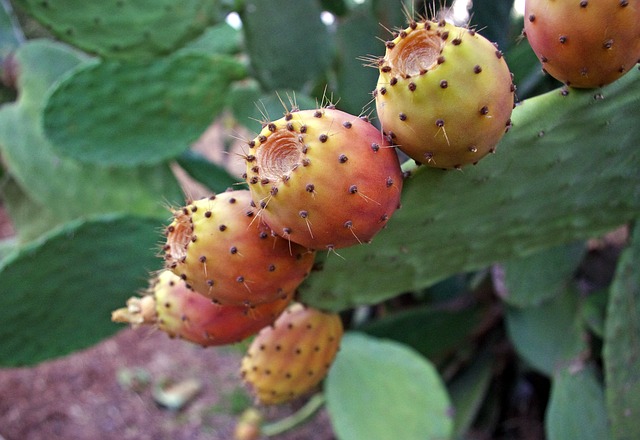
Ideal Soil and Climate
Prickly pear cactus thrives in well-draining soil and warm climates. Ideally, the soil should be sandy or gravelly, allowing water to pass through quickly and preventing root rot. If your garden soil is heavy clay, consider amending it with sand or gravel to improve drainage. Raised beds or containers with drainage holes can also be effective alternatives for growing Opuntia. When it comes to climate, prickly pear cactus prefers full sun and can tolerate high temperatures, making it an excellent choice for arid and semi-arid regions. However, some varieties are more cold-hardy and can withstand occasional frost, making them suitable for temperate climates. It’s essential to choose a location that receives at least six hours of direct sunlight daily to ensure optimal growth and flowering. With the right soil and climate conditions, your prickly pear cactus will flourish, adding beauty and resilience to your garden.
Planting Techniques
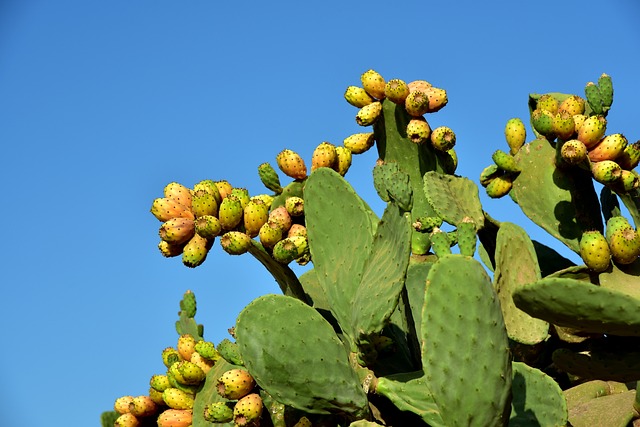
Planting prickly pear cactus is straightforward, whether you’re starting from seeds, pads, or young plants. If using pads, begin by selecting a healthy pad from an existing plant. Allow the pad to dry and callous over for a few days to a week to prevent rot. Once calloused, plant the pad in well-draining soil, burying the lower third vertically or laying it flat and covering it lightly with soil. Water sparingly until roots are established. For seeds, sow them in a sandy soil mix, and keep the soil lightly moist until germination occurs, which can take several weeks. When transplanting young plants, dig a hole slightly larger than the root ball and place the plant inside, backfilling with soil. Ensure the plant is upright and stable. Regardless of the method, space plants adequately to allow for growth and airflow, which helps prevent disease and ensures each plant receives ample sunlight.
Watering and Fertilization
Prickly pear cactus is well-adapted to arid conditions and requires minimal watering once established. Initially, water the newly planted cactus sparingly but regularly to help it develop a strong root system. Once established, reduce watering to once every two to four weeks, depending on your climate and rainfall. Overwatering can lead to root rot, so it’s crucial to let the soil dry out completely between waterings. When it comes to fertilization, prickly pear cactus generally thrives without much additional feeding. However, applying a balanced, low-nitrogen fertilizer once a year in the spring can promote healthy growth and flowering. Avoid high-nitrogen fertilizers, as they can encourage excessive, weak growth and decrease the plant’s resilience. Compost or well-rotted manure can also be used as a natural fertilizer, providing essential nutrients without the risk of over-fertilization. Maintaining proper watering and fertilization practices will ensure your prickly pear cactus remains healthy and vibrant.
Caring for Prickly Pear
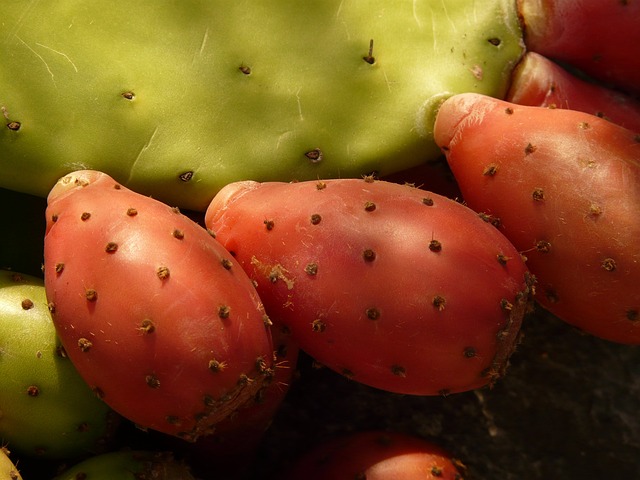
Pruning and Maintenance
Pruning and maintenance are essential for keeping your prickly pear cactus healthy and aesthetically pleasing. Regular pruning helps manage the plant’s size and shape, preventing it from becoming too sprawling or top-heavy. Use a pair of sterilized, sharp pruning shears to remove any dead, damaged, or diseased pads. This not only improves the cactus’s appearance but also promotes new growth and prevents the spread of disease. Be sure to wear thick gloves to protect your hands from the spines.
In addition to pruning, regular maintenance includes inspecting the plant for pests such as scale insects and mealybugs. If you spot them, treat them promptly using insecticidal soap or neem oil. It’s also important to remove weeds and debris around the base of the cactus to improve air circulation and reduce the risk of fungal infections. By maintaining a routine of pruning and general upkeep, your prickly pear cactus will remain healthy and vibrant year-round.
Pest and Disease Management
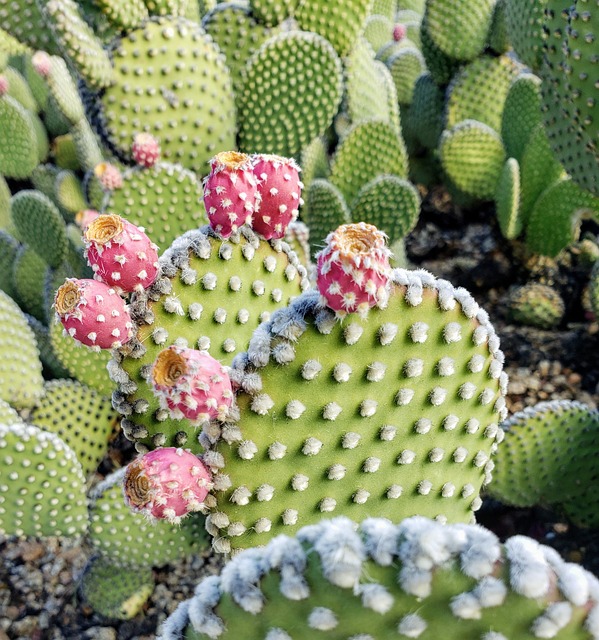
Effective pest and disease management is crucial for the health and longevity of your prickly pear cactus. Common pests that affect Opuntia include scale insects, mealybugs, and spider mites. Regularly inspect your cactus for signs of infestation, such as sticky residue, white cottony masses, or tiny webs. If you detect pests, treat the affected areas with insecticidal soap, neem oil, or a mixture of water and mild dish soap. You may need to apply these treatments multiple times to completely eliminate the pests.
Diseases such as root rot and fungal infections can also pose threats. Root rot is commonly caused by excessive watering and inadequate drainage. To prevent it, ensure your soil is well-draining and avoid excessive watering. If you notice black or mushy pads, prune them immediately to halt the spread of the disease.
spread. Fungal infections can manifest as spots or discoloration on the pads. Treat these with a fungicide and improve air circulation around the plant by removing debris and weeds. Proactive pest and disease management will help your prickly pear cactus thrive.
Seasonal Care Tips
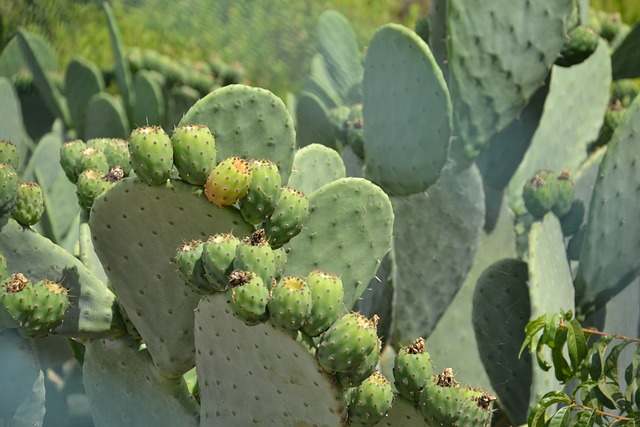
Seasonal care is vital for ensuring your prickly pear cactus remains healthy throughout the year. During the spring, inspect the plant for any winter damage and prune dead or diseased pads. This is also an excellent time to apply a balanced, low-nitrogen fertilizer to encourage new growth and flowering. As temperatures rise in the summer, focus on watering practices. While prickly pear cactus is drought-tolerant, it may need occasional watering during extended dry spells. Make sure the soil is completely dry between waterings to avoid root rot.
In the fall, gradually reduce watering to prepare the cactus for winter dormancy. If you live in a region prone to frost, consider covering the cactus with frost cloth or moving potted plants to a sheltered location. During the winter, minimize watering and avoid fertilization to let the plant rest. Regularly check for pests and remove any debris around the base to improve air circulation. By following these seasonal care tips, your prickly pear cactus will thrive year-round.

